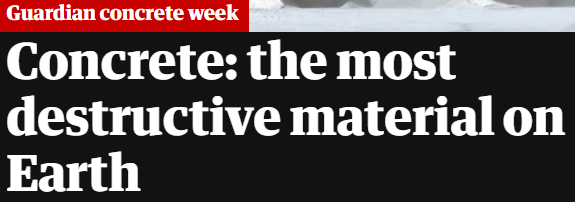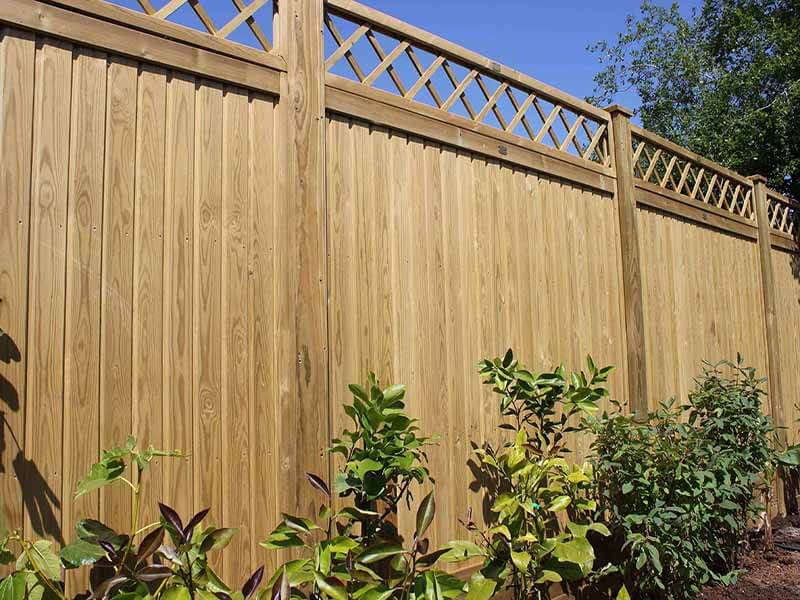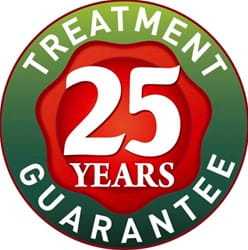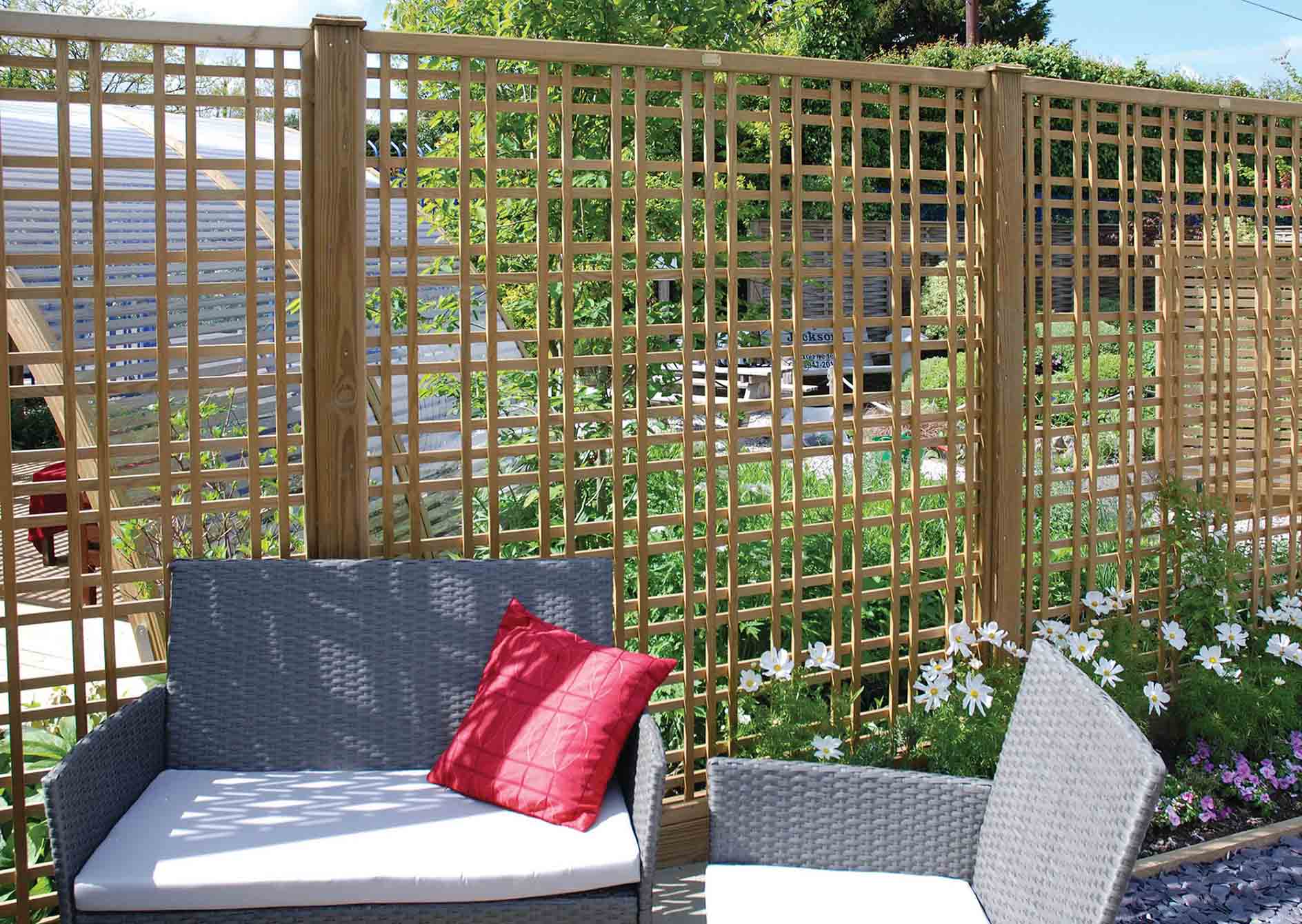08/05/2019 02:00 PM
If you are deciding between concrete or wooden fence posts, both types of fence posts have different advantages and disadvantages. As a premium quality manufacturer we only manufacture wooden fence posts due to their lifespan, strength, sustainability, security and overall look. Good quality timber posts that have been treated for ground contact will last just as long as concrete fence posts and have far more benefits.
Both types of fence post have their advantages and disadvantages. These are highlighted below:
Wooden Posts - the pros
1. Lifespan
A slotted wooden fence post will not rot if the timber has been Jackure® pressure treated and installed with adequate drainage. Unlike alternative dip treated timber posts, our posts have been kiln dried to reduce the moisture content to below 28% and then pressure loaded with our unique preservative concentrate deep into the heartwood, which forms an insoluble compound providing permanent protection against rot and insect attack.
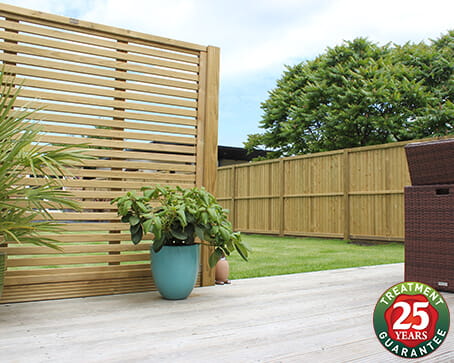
2. Contemporary design
Some homeowners prefer wooden posts because they seamlessly match wooden fencing or fence panels compared to concrete posts. Though concrete posts have many positives they can appear outdated and lack the finesse a timber post has.
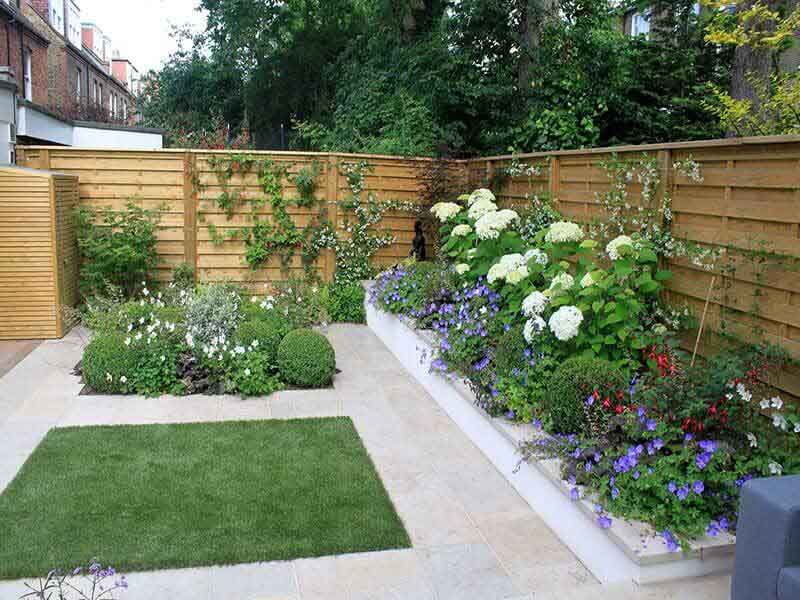
(items used in photo: Horizontal Hit and Miss Panels, Capping Rails, Timber Slotted Posts and Gravel Boards)
3. Sustainability
Products marked as certified to either FSC or PEFC programmes can prove that the timber has been checked at every stage of processing and come with the reassurance of a complete chain of custody certification. These programmes are great for implementing sustainable forest management practices around the world, the protection of endangered species, reducing the effects of climate change, and longevity of forests for future generations.
4. Weight
Wooden posts do not weigh as much as concrete posts so they are not as difficult to install. The average concrete fence post weighs circa 40kg. Typically a concrete post for a 1.8m high fence is twice the safe weight for one person to lift. (This weight differential and can also save on transport costs especially if you are travelling from your local fencing yard back home).
5. Security
Wooden fence posts allow the fence panel to be screwed to the fence posts. This in turn can stop the annoying noise that occurs when panels rattle in the wind. While screwing fence panels into the posts can also make the fence more secure. One of the most common ways items or pets are stolen from a fenced garden is the removal of a fence panel.
This is a simple and reasonably quiet way of entering a property uninvited, if fence panels are sitting in slotted concrete fence posts. Thieves will lift the panel out of the posts and then have full access to the targeted property. A simple and effective solution to this problem is inserting a Torx Head Screw through the posts and into the rails of a fence panel from inside of the property. A potential thief is unlikely to climb the fence, use a torx head screw driver to remove six screws (three screws in each post per rail) from a standard panel and then lift the panel out of the posts.
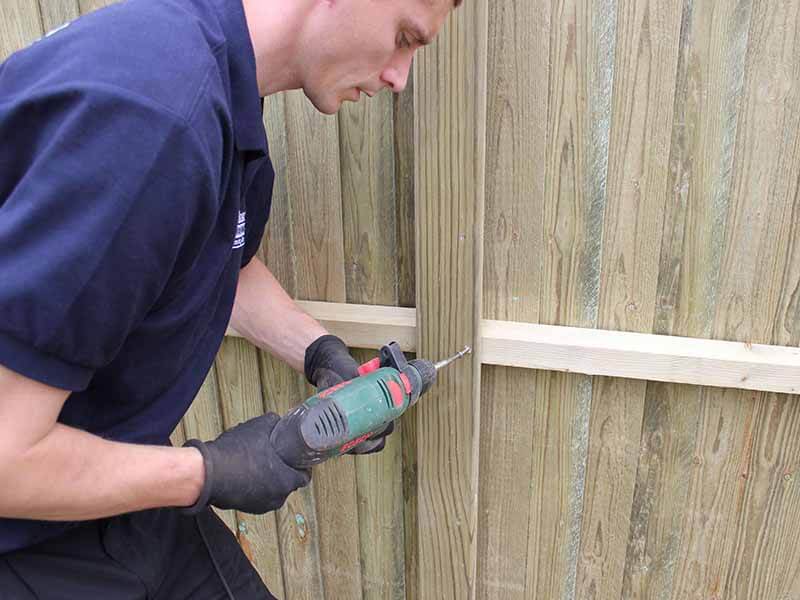
6. Decorative features
Wooden posts allow the addition of decorative fence post caps. Fence posts caps and post toppings, for example an acorn can add an elegant finishing touch to any fence. They are also another step to delay a thief as they would have to remove the post caps a fence panel from slotted posts.
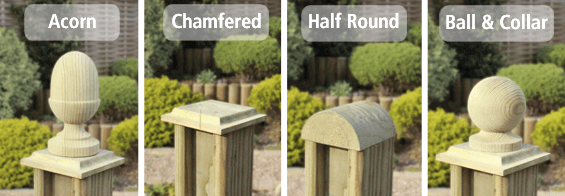
7. Panel thickness
Our standard framed panels are manufactured to 51mm thickness and are designed for use with our slotted Jakposts and our Heavy Duty Jakpots. Our panels can be slotted into alternative posts, however we would recommend measuring the width of the slot to accurately determine whether there is a viable panel will fit. Please note, that our panels may expand if they have been freshly treated and for this reason we would recommend and small tolerance in the slot size.
Concrete Posts - the pros
1. Durability
Concrete is a robust material which does not easily succumb to rot or insect attack meaning it’s a highly durable, strong material with a proven long lifespan. Unlike wooden fence posts concrete is not a degradable material and cannot be penetrated by rot or insect attack which is why people choose to opt for concrete over timber.
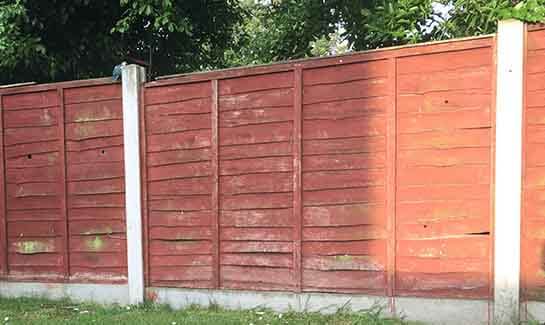
2. Maintenance
As concrete is relatively impermeable to liquids, mould or rot cannot easily penetrate the material which means anything that tries to pass through will likely just rest on the outer layer of the concrete. This is why concrete is easily maintained.
3. Strength
Concrete posts have been known to withstand high wind speeds in open exposed gardens and escape with minimal damage. This is particularly true in coastal areas where they may be nearby seawater spray. In these circumstances timber that has not been kiln dried then Jakcure® pressure treated will likely deteriorate quickly in the open elements.
Concrete Posts - the cons
1.Cost
Concrete posts are typically more expensive when compared to their wooden counterparts. One reputable supplier charges £34 ex VAT per slotted intermediate 2.4m high post (15/10/2019). Over the course of a 20 metre fence run that would equate to over £156 in extra cost for concrete fence posts compared to timber posts, for example.
2. Difficultly to install
The average concrete fence post weighs in excess of 40kg and can often require multiple people to install them, taking more time and further increasing the labour costs.
3. Integrity of material
Unlike concrete posts, timber posts do not chip or crack. If a small crack or chip appears within the concrete, water can travel deep into the post. If the water in the post then freezes, this can cause the crack to worsen over time eventually exposing the metal reinforcing wires which have the capacity to rust. The rust can be responsible for the integrity of the fencing to become compromised causing fence failure (a topic we have covered in detail).
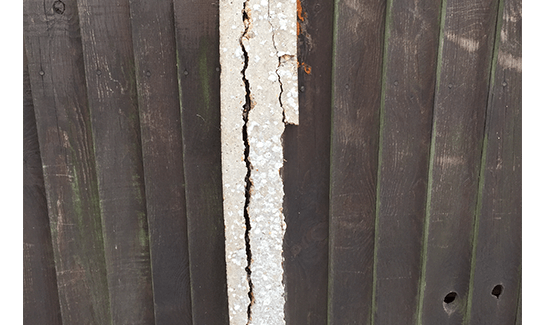
4. Security
The fence panels are not affixed into the posts meaning they can easily be lifted out, leaving your property exposed. They can also rattle in high winds so over time this constant movement may impact the integrity of the panel.
5. Concrete
The most destructive material on Earth - concrete is one of the most widely used materials on earth. A recent article published by The Guardian discusses the enormous impact concrete has on the planet and explores alternative sustainable options.
